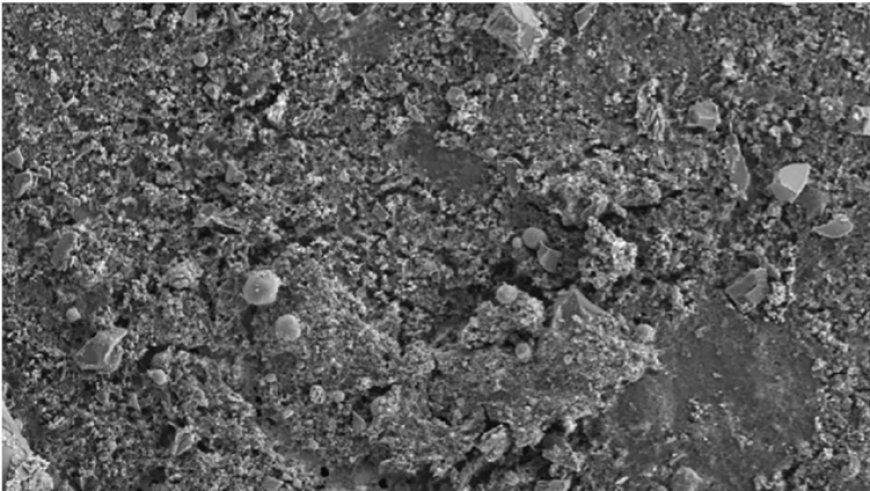Scientists Find Microplastics in Human Penises for the First Time
Scientists have discovered microplastics in human penises, raising concerns over the health impacts of these tiny particles. The study found seven different kinds of microplastics in penile tissue samples, highlighting the need for further research on their potential link to erectile dysfunction and other health issues.

In a groundbreaking discovery, scientists have detected microplastics in human penises, intensifying concerns about the proliferation and potential health impacts of these minute particles. The study, published in IJIR: Your Sexual Medicine Journal, identified seven different types of microplastics in penile tissue samples taken from five men.
Microplastics, which are polymer fragments ranging from less than 0.2 inches (5 millimeters) to 1/25,000th of an inch (1 micrometer), form when larger plastics degrade chemically or wear down physically. These tiny particles can infiltrate individual cells and tissues in major organs, with growing evidence of their presence in the human body.
Ranjith Ramasamy, a reproductive urology expert who conducted the research at the University of Miami, based his study on previous findings of microplastics in the human heart. Given the penis’s vascular nature, Ramasamy was not surprised to find microplastics there as well.
The samples were collected from men diagnosed with erectile dysfunction (ED) who were undergoing penile implant surgery between August and September 2023. Chemical imaging analysis revealed microplastics in four out of five samples. The most prevalent types of microplastics detected were polyethylene terephthalate (PET) and polypropylene (PP).
Ramasamy emphasized the need for further research to determine if microplastics contribute to ED and to identify the levels and types of microplastics that may be harmful. He hopes the study will raise awareness about the presence of foreign bodies in human organs and encourage more research on the topic.
Previous studies have shown that one liter of bottled water contains an average of 240,000 plastic particles, suggesting that everyday consumption of food and water from plastic containers may be a significant source of microplastic exposure.
Toxicologist Matthew J. Campen, who was not involved in the research, commented on the ubiquity of plastics in the body and the potential for these particles to disrupt normal bodily functions, including erection and sperm production. Campen coauthored a study that found higher levels of microplastics in human testicles compared to animal testes and human placentas.
To reduce exposure to microplastics, Dr. Leonardo Trasande from NYU Langone Health recommends using stainless steel and glass containers, avoiding microwaving food or beverages in plastic, and not placing plastic items in the dishwasher.
This discovery underscores the urgent need to understand the health implications of microplastics and to find ways to minimize their presence in our bodies.
All rights reserved. This material, and other digital content on this website, may not be reproduced, published, broadcast, rewritten or redistributed in whole or in part without prior express written permission from TOP KNOWLEDGE MEDIA.
Contact: toppknowledgemedia@gmail.com
Stay informed and ahead of the curve! Follow The TOP KNOWLEDGE MEDIA on WhatsApp for real-time updates, breaking news, and exclusive content. Don't miss a headline – join now!
Join Top Knowledge Media Channel:
https://whatsapp.com/channel/0029VaEUCpP4NVigCMWy8J22
What's Your Reaction?






































































